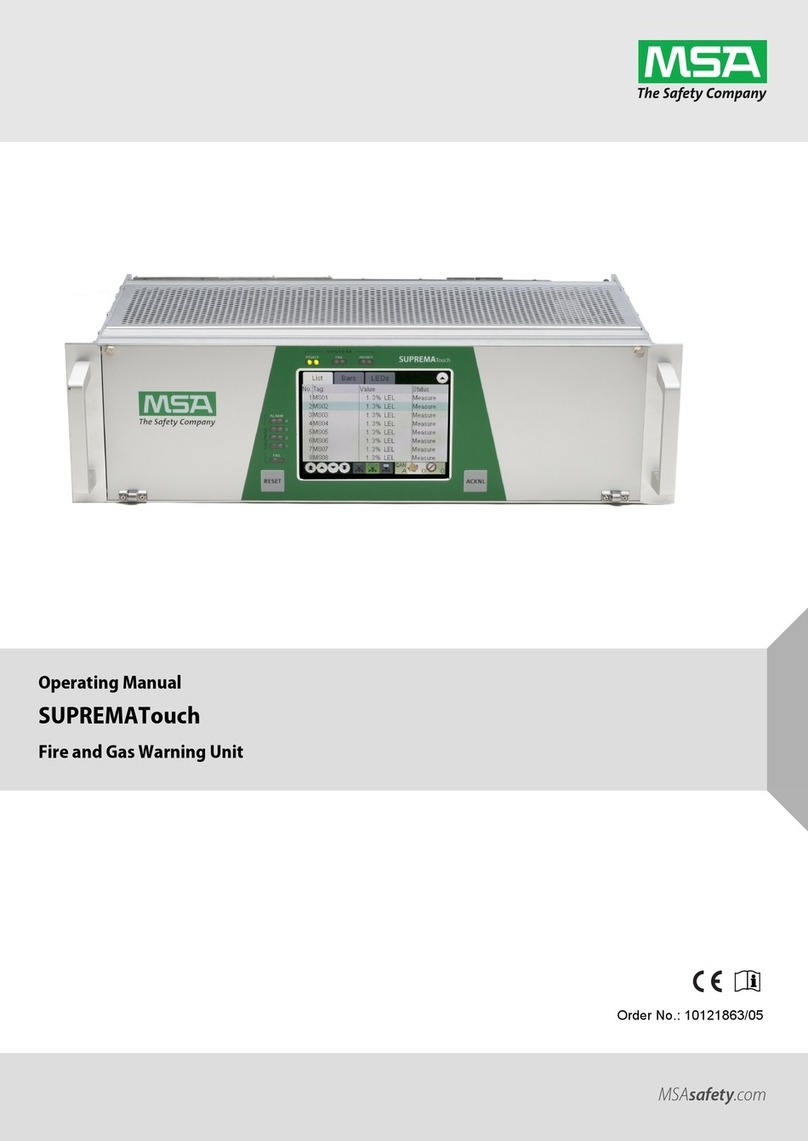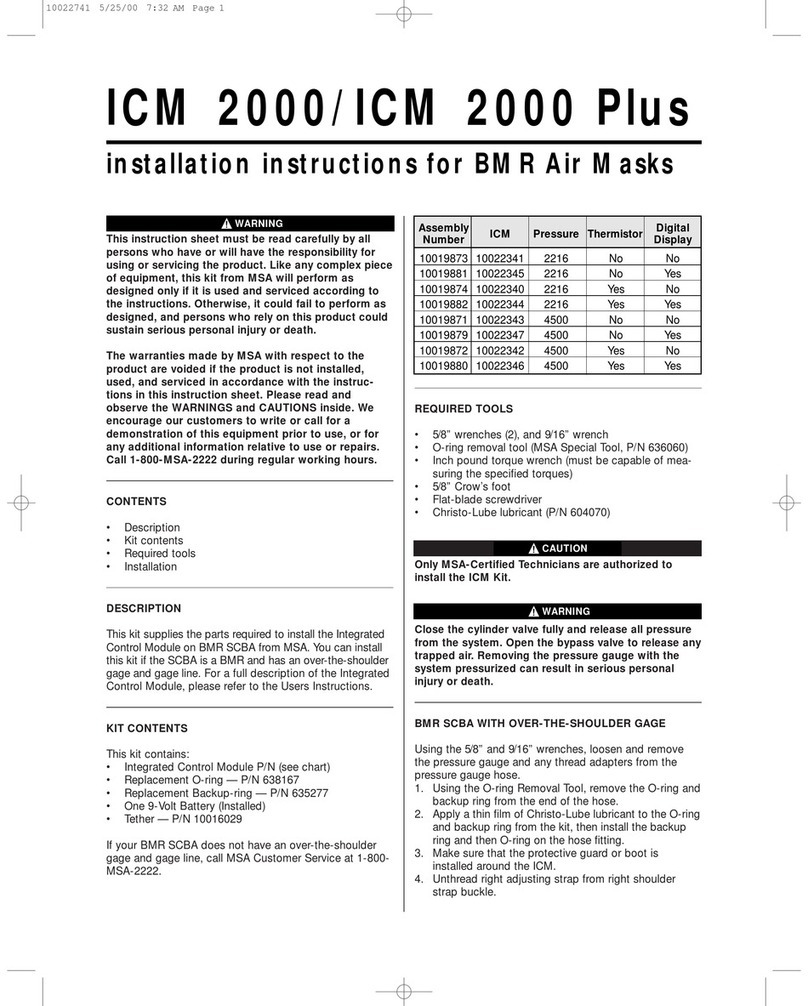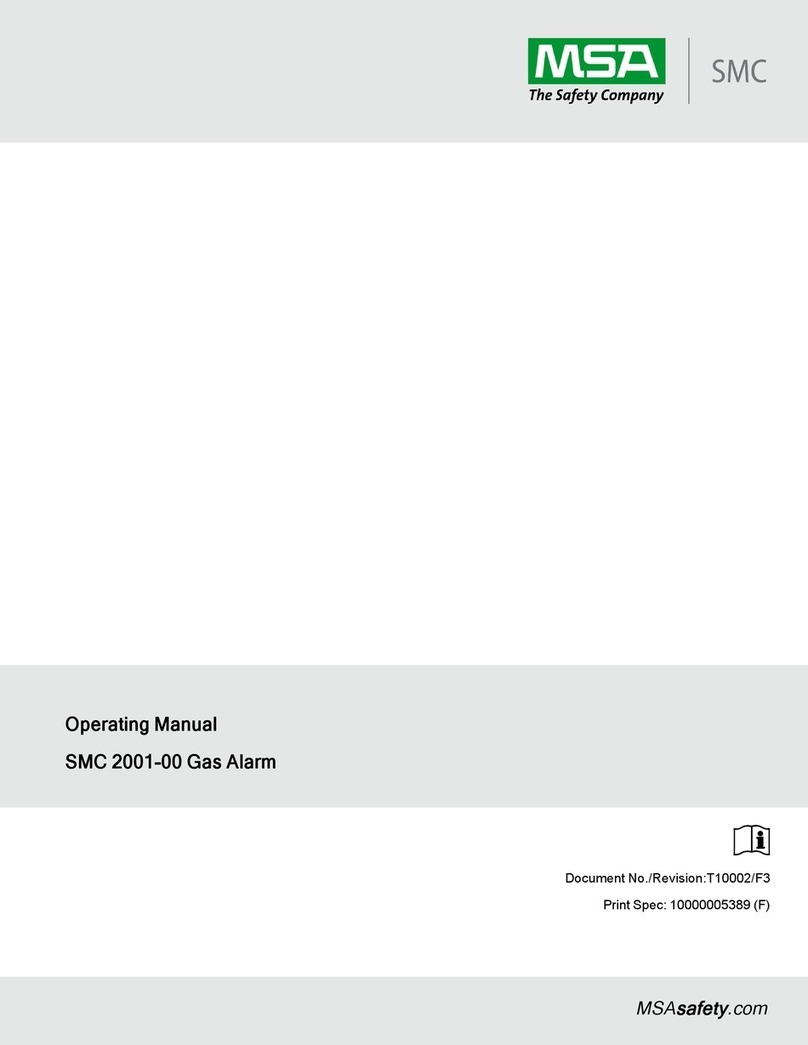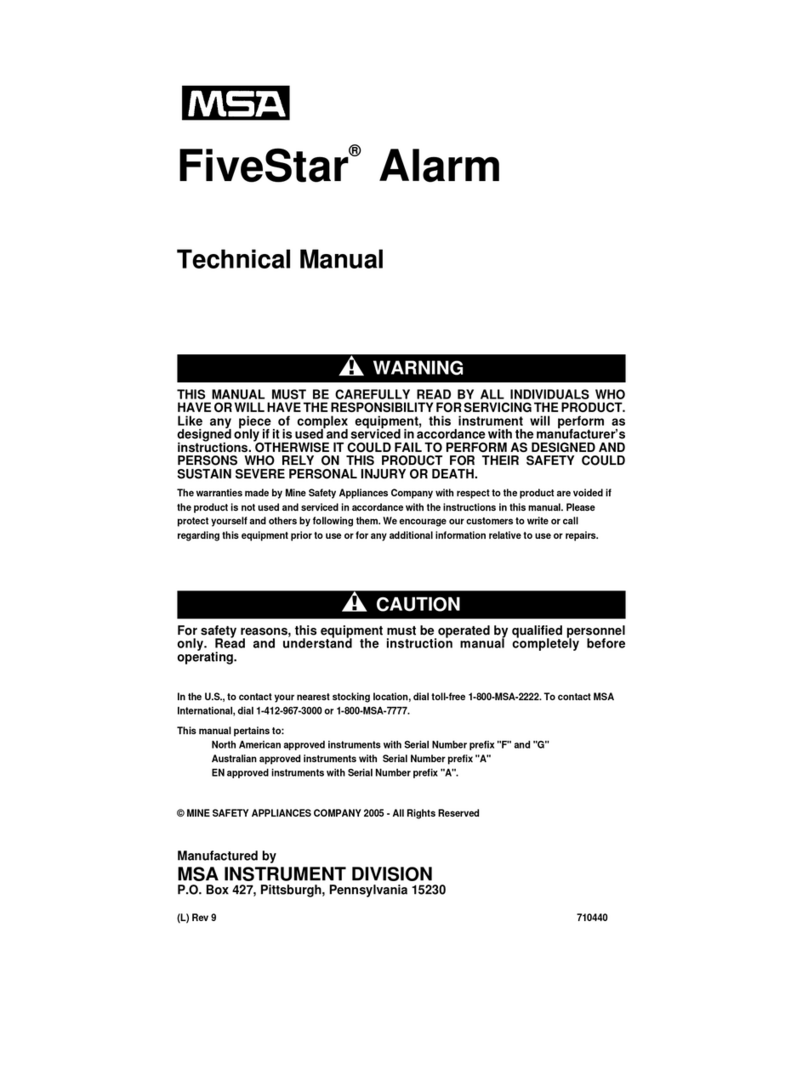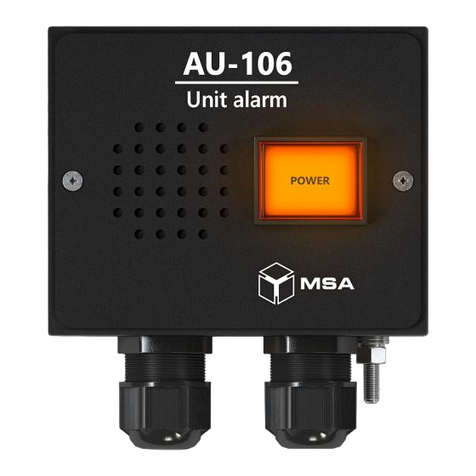TABLE OF CONTENTS
1Description and operation of the system................................................................... 6
1.1 The System’s assignment........................................................................................ 6
1.2 Technical specifications.......................................................................................... 6
1.3 Structure and operation of the System.................................................................... 7
1.4 The System’s composition ...................................................................................... 9
1.5 Measurement instruments, tools and appliances................................................... 14
1.6 Marking and sealing.............................................................................................. 15
1.7 Packaging.............................................................................................................. 15
2Description and operation of the system components........................................... 16
2.1 Central units 19-CU type ...................................................................................... 16
2.2 Main substations MS type..................................................................................... 17
2.3 Talk-back stations S and PHS types ..................................................................... 19
2.4 Microphone panels CP type.................................................................................. 26
2.5 Combined microphone panels, CP type................................................................ 27
2.6 Alarm panels AP type ........................................................................................... 30
2.7 Power amplifiers ................................................................................................... 31
2.8 Broadcast units...................................................................................................... 33
2.9 Racks, cabinets, enclosures................................................................................... 40
2.10 Switches, network devices and signal converters................................................. 42
2.11 Loudspeakers......................................................................................................... 44
2.12 Intercom devices and accessories ......................................................................... 45
2.13 Junction boxes....................................................................................................... 47
2.14 Power supply units................................................................................................ 48
2.15 Signaling units....................................................................................................... 51
3Intended use............................................................................................................... 56
3.1 Operational limitations.......................................................................................... 56
3.2 Preparations to use ................................................................................................ 56
3.3 Usage of the System.............................................................................................. 56
4Technical service ....................................................................................................... 60
4.1 General instructions .............................................................................................. 60
4.2 Safety features....................................................................................................... 60






